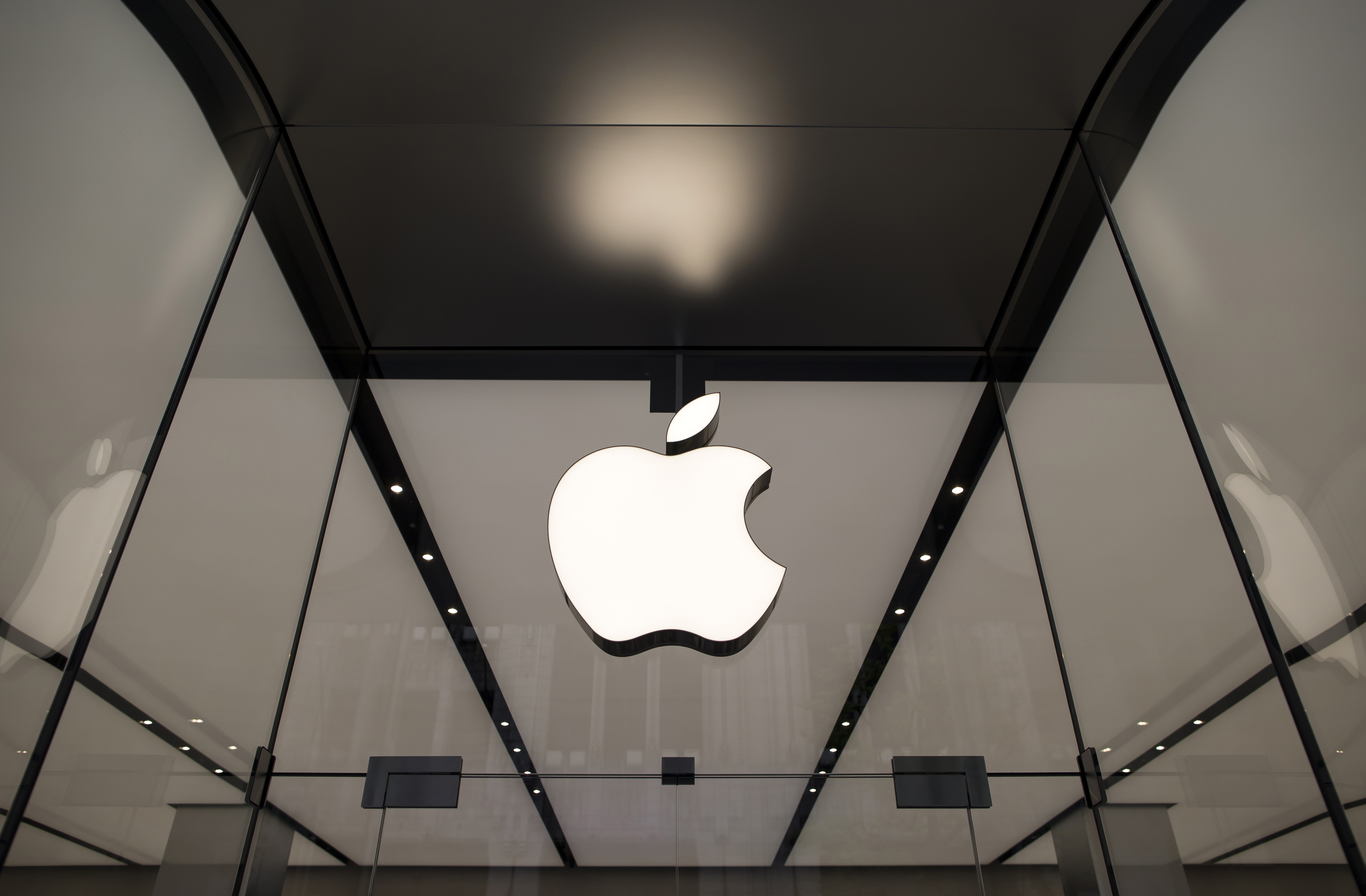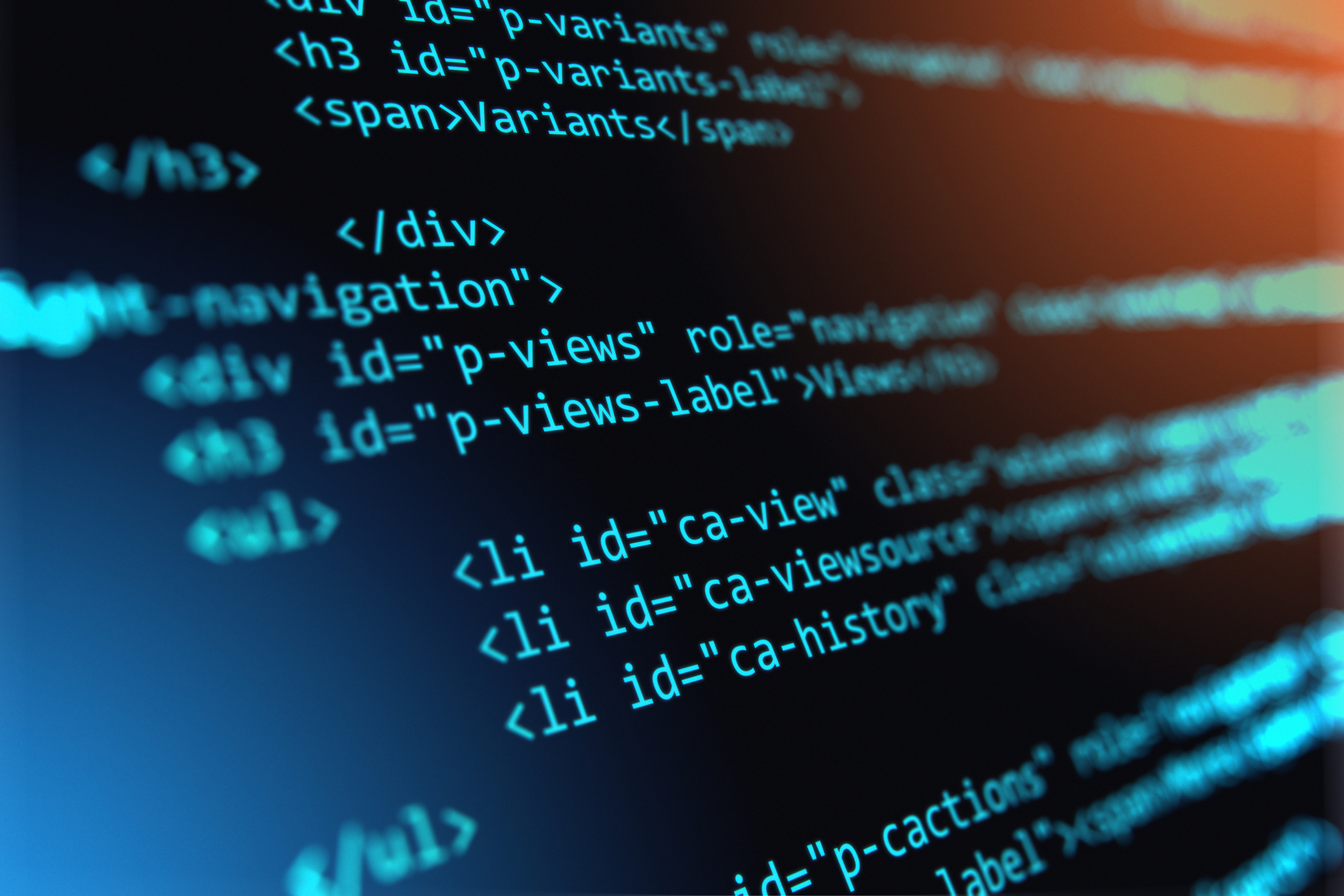
Following Apple’s education event in Chicago in March, I wrote about what the company’s announcements might mean for accessibility. After sitting in the audience covering the event, the big takeaway I had was Apple could “make serious inroads in furthering special education as well.” As I wrote, despite how well-designed the Classroom and Schoolwork apps seemingly are, Apple should do more to tailor their new tools to better serve students and educators in special education settings. After all, accessibility and special education are inextricably tied.
It turns out, Apple has, unsurprisingly, considered this.
“In many ways, education and accessibility beautifully overlap,” Sarah Herrlinger, Apple’s Senior Director of Global Accessibility Policy and Initiatives, said to me. “For us, the concept of differentiated learning and how the accessibility tools that we build in [to the products] help make that [learning] possible is really important to us.”
Apple’s philosophy toward accessibility and education isn’t about purposely targeting esoteric use cases such as IEP prep or specialized teaching methodologies.
In fact, Apple says there are many apps on the iOS App Store which do just that. The company instead believes special education students and teachers themselves should take the tools as they are and discover creative uses for them. Apple encourages those in schools to take the all-new, low-cost iPad and the new software and make them into the tools they need to teach and learn. It’s a sentiment that hearkens back how Steve Jobs pitched the original iPad: It’s a slab of metal and glass that can be whatever you wish it to be.
In other words, it’s Apple’s customers who put the ‘I’ in iPad.
In hindsight, Apple’s viewpoint for how they support special education makes total sense if you understand their ethos. Tim Cook often talks about building products that enrich people’s lives — in an education and accessibility context, this sentiment often becomes a literal truism. For many disabled people, iOS and the iPad is the conduit through which they access the world.
Apple ultimately owns the iPad and the message around it, but in actuality it’s the users who really transform it and give it its identity. This is ultimately what makes the tablet exceptional for learning. The device’s design is so inherently accessible that anyone, regardless of ability, can pick it up and go wild.

(Photo by Tomohiro Ohsumi/Getty Images)
Apple’s education team is special
At the March event, one of the onstage presenters was Kathleen Richardson, who works at Apple on their ConnectedED program. She is one of many who work on the company’s education team, whose group is tasked with working with schools and districts in evangelizing and integrating Apple products into their curricula.
I spoke with Meg Wilson, a former special education teacher who now works on education efforts inside Apple. A former Apple Distinguished Educator, Wilson is the resident “special education guru” who provides insight into how special education programs generally run. With that knowledge, she provides guidance on how Apple products can augment the process of individualizing and differentiating educational plans for special ed students.
A focus of our discussion was the Schoolwork app and how it could be used to suit the needs of teachers and support staff. One example Wilson cited was that of a speech therapy session, where a speech pathologist could use Schoolwork not necessarily for handouts, but for monitoring students’ progress toward IEP goals. Instead of the app showing a worksheet for the student to complete, it could show a data-tracking document for the therapist, who is recording info during lessons. “What we need in special ed is data — we need data,” Wilson said. She added Schoolwork can be used to “actually see the progress” students are making right from an iPad without mountains of paper. A key element to this, according to Wilson, is Schoolwork’s ability to modernize and streamline sharing. It makes conferring with other members of the IEP team a more continuous, dynamic endeavor. Rather than everyone convening once a year for an annual review of students’ progress, Wilson said, Schoolwork allows for “an amazing opportunity for collaboration amongst service providers.”
Wilson also emphasized the overarching theme of personalizing the iPad to suit the needs of teacher and student. “When you are creative with technology, you change people’s lives,” she said.
To her, the iPad and, especially, the new software scale for different learners and different environments really well. For special educators, for instance, Wilson said it’s easy to add one’s entire caseload to Schoolwork and have progress reports at the ready anytime. Likewise, the ability in Classroom to “lock” an entire class (or a single student) into an activity on an iPad, which takes its cues from iOS’s Guided Access feature, helps teachers ensure students stay engaged and on task during class. And for students, the intuitive nature of the iPad makes it so that students can instantly share their work with teachers.
But it isn’t only Apple who is changing education. Wilson made the case repeatedly that third-party developers are also making Apple’s solutions for education more compelling. She stressed there are many apps on the App Store that can help in special education settings (IEP prep, communication boards, etc.), and that Apple hears from developers who want to learn about accessibility and, crucially, how to make their apps accessible to all by supporting the discrete Accessibility features. Wilson shared an anecdote of an eye-opening experience for one developer, who expressed the idea of supporting accessibility “didn’t even occur to him,” but doing so made his app better.
One “big idea” that struck me from meeting with Wilson was how diverse Apple’s workforce truly is. Wilson is a former special education teacher. Apple’s health and fitness team reportedly is made up of such medical professionals as doctors and nurses. Apple’s education team is no different, as my conversation with Wilson attested. It’s notable how Apple brings together so many, from all walks of life, to help inform as they build these products. It really does intersect liberal arts with technology.

Apple makes learning code accessible to all
In early March, Lori Hawkins at the Austin American-Statesman reported on how Apple has made its Everyone Can Code program accessible to all. Hawkins wrote that representatives from Apple visited Austin’s Texas School for the Blind and Visually Impaired to teach students to fly drones with code written in the Swift Playgrounds app. As you’d expect, Swift Playgrounds is fully compatible with VoiceOver and even Switch Control. “When we said everyone should be able to code, we really meant everyone,” Herrlinger told the Statesman. “Hopefully these kids will leave this session and continue coding for a long time. Maybe it can inspire where their careers can go.” Herrlinger also appeared on a panel at the SXSW festival, where she and others discussed coding and accessibility pertaining to Everyone Can Code.
For Global Accessibility Awareness Day this year, Apple has announced that a slew of special education schools are adopting Everyone Can Code into their curricula. In a press release, the company says they “collaborated with engineers, educators, and programmers from various accessibility communities to make Everyone Can Code as accessible as possible.” They also note there are “additional tools and resources” which should aid non-visual learners to better understand coding environments.
In addition to the Texas School for the Blind and Visually Impaired in Austin, Apple says there are seven other institutions across the country that are implementing the Everyone Can Code curriculum. Among them are two Bay Area schools: the Northern California campuses of the California School for the Blind and the California School for the Deaf, both located in Fremont.
At a special kick-off event at CSD, students were visited by Apple employees — which included CEO Tim Cook — who came to the school to officially announce CSB and CSD’s participation in the Everyone Can Code program.
Students arrived at the school’s media lab for what they believed to be simply another day of coding. In reality, they were in for a surprise as Tim Cook made his appearance. Members of Apple’s Accessibility team walked students through controlling drones and robots in Swift Playgrounds on an iPad. Cook — along with deaf activist and actor Nyle DiMarco — toured the room to visit with students and have them show off their work.
In an address to students, Cook said, “We are so happy to be here to kick off the Everyone Can Code curriculum with you. We believe accessibility is a fundamental human right and coding is part of that.”
In an interview Cook told me, “Accessibility has been a priority at Apple for a long time.” He continued: “We believe in focusing on ability rather than disability. We believe coding is a language — a language that should be accessible to everyone.” When I asked about any accessibility features he personally uses, Cook said due to hearing issues he likes to use closed-captioning whenever possible. And because he wears glasses, he likes to enlarge text on all of his devices, particularly the iPhone.
Accessibility-related Apple retail events
As in prior years, Apple is spending the month of May promoting accessibility and Global Accessibility Awareness Day by hosting numerous accessibility-centric events at its retail stores across the globe. (These are done throughout the year too.) These include workshops on the accessibility features across all Apple’s platforms, as well as talks and more. Apple says they have held “over 10,000 accessibility sessions” since 2017.
Today, on Global Accessibility Awareness Day 2018, Apple is holding accessibility-related events at several campuses worldwide, including its corporate headquarters in Cupertino, as well as at its satellite campuses in Austin, Cork and London.

